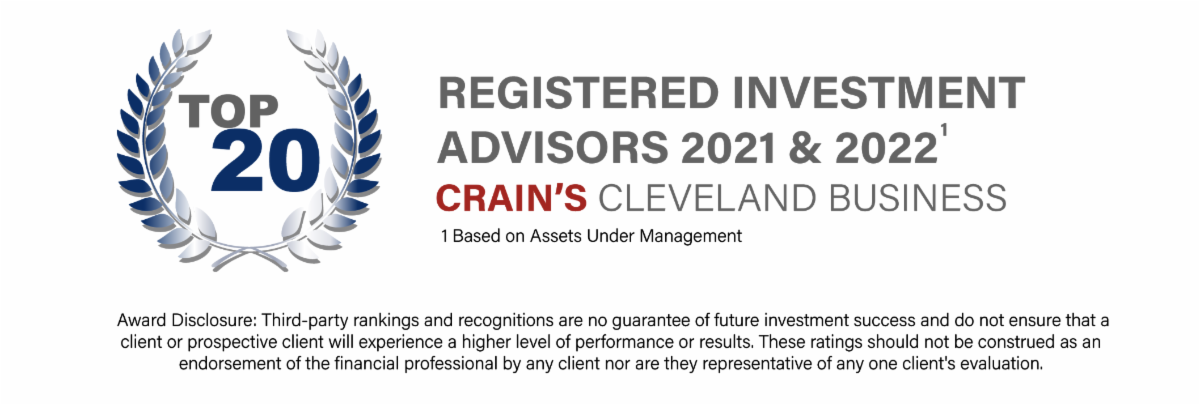Month: June 2022
Combating Market Volatility
Financial markets are off to a challenging start this year as high inflation and rising interest rates have impacted both the stock and bond market. But at a time when news headlines and investors appear focused on the negative outcomes, we’re here to discuss some proactive moves investors can make to combat market volatility. This year’s decline in both stocks and bonds has been painful for passive investors. Year-to-date a traditional portfolio of 60% stocks and 40% bonds has declined more than 10%, which is on pace for its worst year since 2008. However, with the right professional financial advice, investors can be making proactive portfolio adjustments to better suit the current market environment. Some of these adjustments might include implementing positions that benefit from higher inflation, shifting equity exposure from previous leadership to areas of the market that are emerging as winners in this new environment, and focusing on dividend stocks and higher yielding bonds. Within equities, for over a decade, investors have been able to rely on growth areas of the stock market for leading market returns, however, now these areas such as consumer discretionary and technology are showing early signs of a possibly dimming return outlook. While those areas may be challenged, prospects for other areas of the market appear to be brightening. These include areas such as the natural resource/energy sector
Lineweaver Wealth Advisors Recognized in Crain's 2022 List
We are humbled and excited to share that we have been ranked in the top 20 of Crain’s Cleveland’s annual list of Registered Investment Advisors based on assets under management for the second year in a row. While this is a great milestone and accomplishment for us, we know that there are really two reasons for it: a great staff, and client trust. Our staff work hard and go the extra mile for clients, and in turn clients trust us, and use us as a valued sounding board, as well as introduce us to their family and friends. To us, there is no higher recognition. We also believe in personal service. We know how frustrated people are with phone trees and digital assistants where they have to answer questions, and are often transferred and re-routed. We live in a fast-paced world that requires cutting edge technology and the latest market analysis to make smart, informed decisions for all our clients. But, when it comes to service, we believe in a personal touch. You’ll always speak with a person, and we pride ourselves on getting you answers to your questions in 24 hours or less. For nearly 30 years, our team of qualified, experienced, and credentialed professionals has provided our private and corporate clients with a plethora of options for their financial needs. Our success lies with our continued commitment to providing clients with sound advice, world class customer service, and accessible resources for their current needs and future aspirations. We bel
Understanding Student Loans
Student loans are a great investment when continuing your education so it’s important to know the different kinds that are available and the strategies for dealing with them. According to data from Lendingtree.com, more than 2/3rds of graduates – from both public and private institutions – have student loans and it’s something that affects many Americans. For parents and grandparents of current college students, there are a few different kinds of student loans to understand. These fall into four categories: Subsidized, Unsubsidized, PLUS loans, and private loans. When it comes to Federal loans, there are essentially three kinds. Subsidized are only applicable to undergraduates with demonstrated financial need. Unsubsidized loans are not tied to financial need, and are available to all undergraduate, graduate, and professional students. PLUS loans are available for graduate and professional students, as well as the parents of dependent undergrads. Subsidized and unsubsidized federal student loans don’t require a credit check, and you are able to secure them simply by signing a form indicating that you will pay them back. However, PLUS loans and private loans will require a credit check. Private loans come from banks and other financial institutions who lend directly to students and their families. These are similar to any private loans, in that they’ll require a credit check, and the lender will want to see proof that you are





 Virteom
Virteom